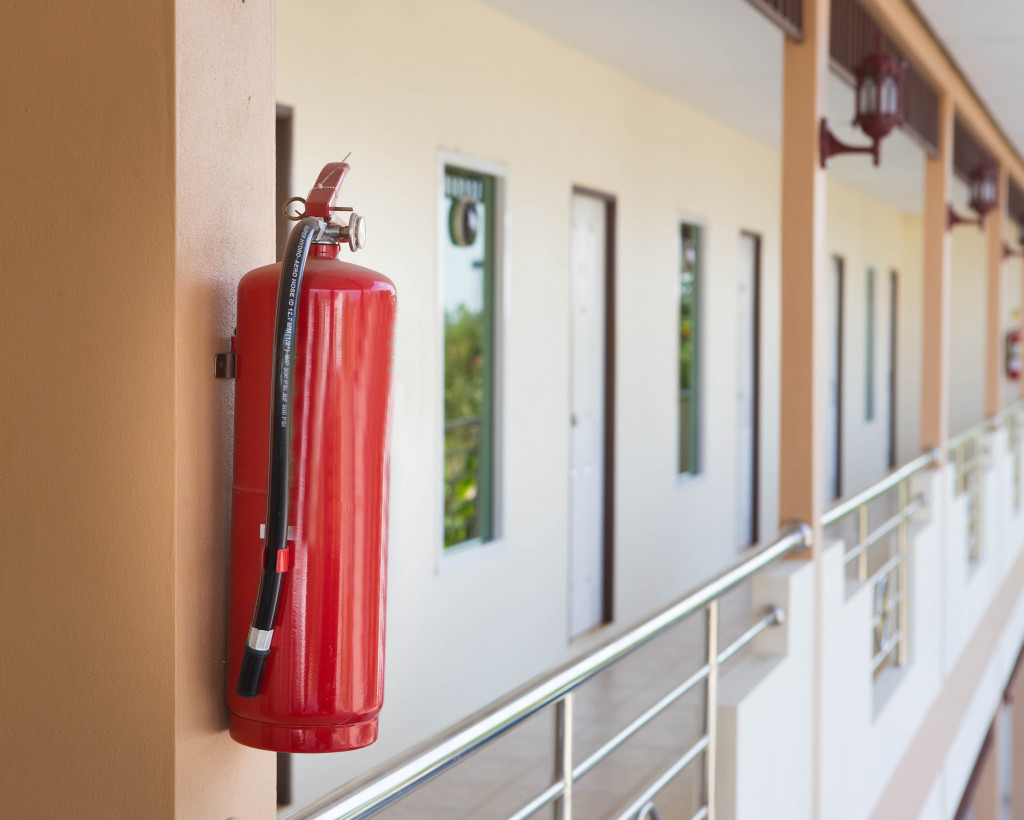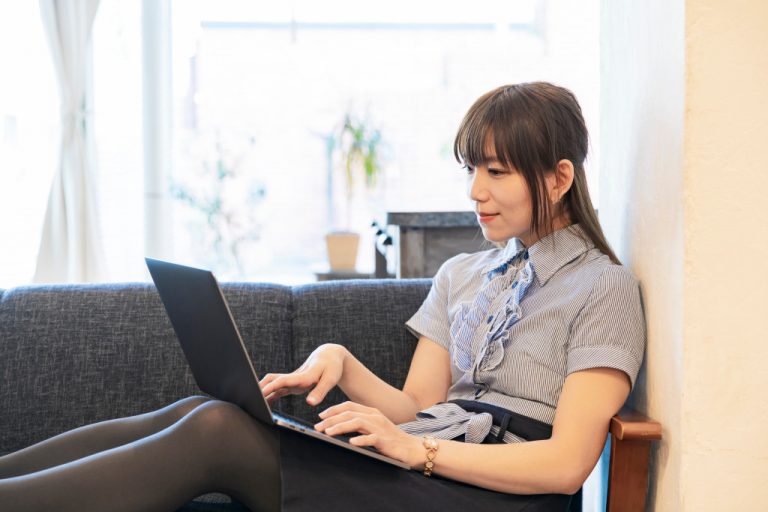Home offices appear to be secure locations to work. After all, our home is where we reside. Due to the current health crisis, allowing workers to work from home became an unusual grant by organizations as they shift in a remote work arrangement. However, protection is not always a sure bet.
Events of various kinds can often occur in the household. Furthermore, when workers work remotely or a self-employed individual operates a company from their property, the danger of a mishap increase. Home-based employees carry the health risks of using at their homes without an official business location’s precautions.
Home Office Safety
Some safety precautions to take are self-evident. But it is all too simple for someone who works from home to disregard or overlook the fundamental safety procedures as they do their regular activities.
If you or your staff happen to work from home, learning some of the most prevalent home office risks is essential. The same goes for the actions you can implement to eliminate the risks and avoid harm. Protect yourself, your workers, and your family against work-at-home dangers by using the below guide.
Equipment
If you’re not cautious, the computers and other gadgets you depend on to generate assets to cover your company might endanger your personal and financial safety. Home-based enterprises are just as vulnerable to cybercrime as more giant corporations. Thankfully, you can defend your systems against hackers by taking a few simple steps.
If you operate your company from home on a desktop, you must also consider physical security. If you already have to stretch the power supply out of a desk to a power socket, but then someone walks into the cable, it might pull your computer off the desk and ruin it, or it could cause the person to fall and get injured—or both.
Tripping and Falls
Remember that falls are one of the leading causes of household injuries—don’t let yourself become another statistic. Floors ought to be level, sanitary, and clear of frayed borders. You should securely fasten rugs to the ground. Don’t ever allow electric or communication cables to run across pathways.
Water Safety
If you happen to have adolescents, pets, or an older person at your home office, installing a DIY pool fence is crucial. Experts recommend that there must be a barrier approximately two feet away from the pool’s edge, preventing vulnerable individuals and animals from approaching the water’s edge and slipping over.
Although highly efficient equipment when used appropriately, safety nets could entangle individuals who stumble on them and cannot climb back to the deck on their own.
Fire Hazards

Fire protection is just as critical at home as it does at work. Workers must identify fire threats and exit points as part of the task list and equip their houses with fire alarms and extinguishers. It is essential to inspect smoke detectors regularly and charge energy storage devices as recommended by the manufacturer.
Ergonomics
Because of bad ergonomics, home office employees remain to be at risk for frequent work-related musculoskeletal illnesses. According to studies, many businesses did not give any ergonomic assistance or technical guidance to their employees who’ve been trying to set up home-based workspaces.
Electrical Dangers
Electrical dangers are common in offices and homes, where broken, tangled wires and overcharged power outlets could cause chaos. It’s best to place or run wires through low-traffic areas to avoid unintended electrical risks.
Air Quality
Exposure to air pollution while indoors can cause or worsen various respiratory ailments, irritate the eyes, sinuses, and throat. At worst, the event of carbon monoxide poisoning could result in death. That’s why it’s essential to work in a well-ventilated location. Fans or an air purifier can help.
Childproofing
If you have babies and toddlers and anticipate them spending time at your workspace, it’s time to childproof it. Keep any pointy office objects out of the reach of toddlers. Paperweights and other little heavy things in a child’s hand might potentially cause damage. Keep office supplies out of sight or in a secure storage room.
Preparing for the Unknown
If you or other employees get hurt at your home office, you must have a well-stocked first-aid kit on hand. Consider maintaining a piece of backup equipment for usage solely at the home office. And, when necessary, seek medical attention.
Wrapping Up
When we all boxed up our workstations and went into seclusion, home office security would be the last scenario on anybody’s mind.
Let’s remind ourselves that whether you operate at a company headquarters or a tiny home workspace, office safety should be one of your top objectives. Keeping a home office safety checklist is a simple approach to ensure that remote workers are safe and that everyone is completing their duties following the occupational health and safety act.




